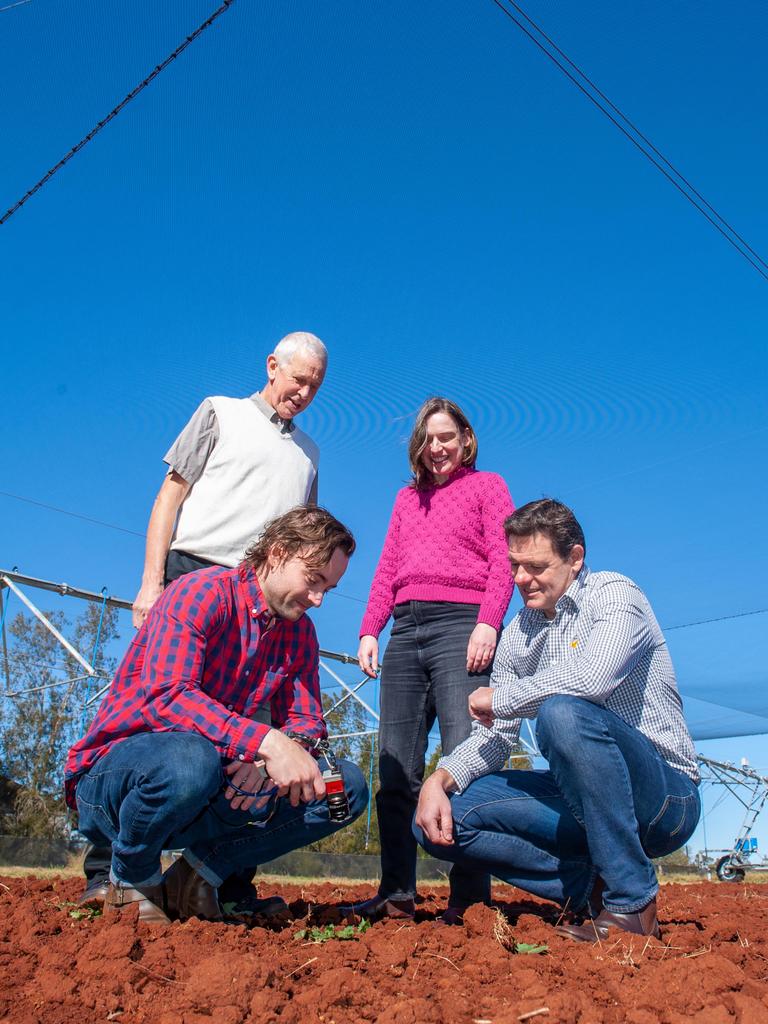Delicious: Project set to expand space menu for astronauts
A team of scientists are looking to further expand the menu for astronauts on space missions by including fresh food options.

After successfully achieving a grant for the research project, local scientists are exploring ways to extend menu options for astronauts on space missions.
Times have changed since the first American astronaut that NASA sent to space lived on a diet that mainly consisted of applesauce in a tube and now a team of scientists are looking to further expand the space menu.
A team of scientists from the University of Southern Queensland (USQ) and the Centre for Agricultural Engineering have been awarded a Moon to Mars Demonstrator Feasibility Grant through the Australian Space Agency.
Professor Craig Baillie, Dr Cheryl McCarthy, Dr Jacob Humpal and Professor Peter Brett will use this grant to develop launch-ready software that uses machine vision to detect signs of stress in plants being grown on-board.
“Space crew members need basic nutrients to successfully support long flight or deep space missions such as those planned for Mars,” Professor Baillie said.
“Astronauts are currently supported nutritionally through food resupply missions, which have been used on all manned missions, but this can be difficult to maintain on deep space assignments.
“Our research project will develop machine vision-based technology to automatically interpret plant stress signals so fresh vegetables and other leafy greens grown at nasa’s two veggie units and the larger advanced plant habitat currently on-board the International Space Station (ISS) can be better monitored for increased food safety, and food options.”

Professor Brett said the team will develop monitoring algorithms to complement current sensing approaches used by NASA for advancing the development of plant-based food production in space.
“Robotic vision systems will be developed for plant stress monitoring that will require minimal to no crew interaction, with the intention of being deployed in prototype plant habitat payloads on space flights during the mission phase,” he said.
“This project will also produce a larger ground-based laboratory in parallel with the launch-ready system, enabling the investigation of Space Agriculture Systems for deployment to planetary surfaces in the future.”
Working with colleagues from NASA, the work will build on USQ projects focused on the development of new machine vision algorithms for plant monitoring in broad acre cropping environments and remote farm locations.
The Early Plant Stress Detection Using Machine Vision For Food Safety in Space project will run for 12 months.






